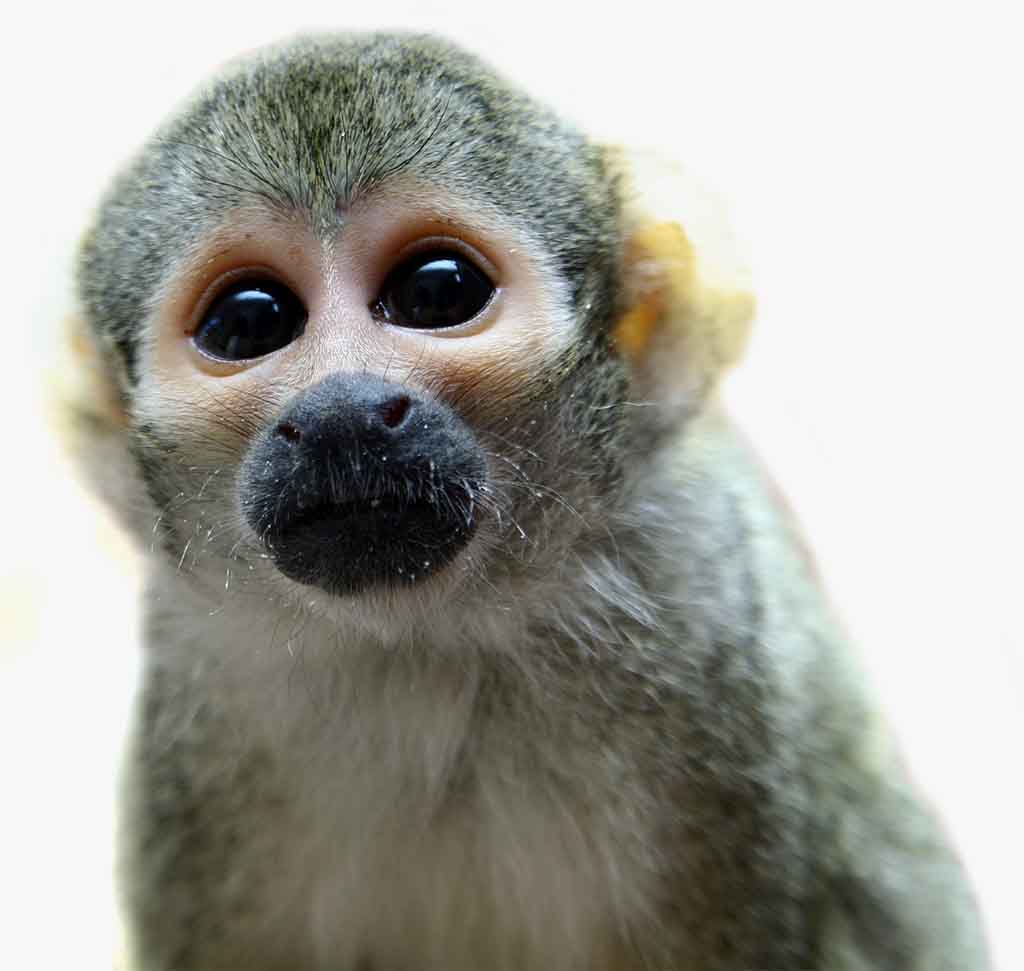The black-tailed prairie dog (Cynomys ludovicianus) is a rodent of the family Sciuridae found in the Great Plains of North America from about the United States-Canada border to the United States-Mexico border. Unlike some other prairie dogs, these animals do not truly hibernate. The black-tailed prairie dog can be seen above ground in midwinter. A black-tailed prairie dog town in Texas was reported to cover 25,000 sq mi (64,000 km2) and included 400,000,000 individuals. Prior to habitat destruction, the species may have been the most abundant prairie dog in central North America. It was one of two prairie dogs described by the Lewis and Clark Expedition in the journals and diaries of their expedition.
Black-tailed prairie dogs are generally tan in color, with lighter-colored bellies. They may have color variation in their pelt, such as dark fur on their back in black and brown tones. Their tails have black tips, from which their name is derived. Adults can weigh from 1.5 to 3.0 lb (0.68 to 1.36 kg), males are typically heavier than females. Body length is normally from 14 to 17 in (36 to 43 cm), with a 3-to-4 in (7.6-to-10.2 cm) tail. The black-tailed have black long claws used for digging. The body of the black-tailed prairie dog is compact, and the ears are small and close to the head.
The Black-tailed Prairie Dog is native to Canada, North America and Mexico.
Prairie Dogs are herbivores and eat roots, herbs, grasses and leafy plants.
Up to 8 years in captivity.
Least Concern.
They are highly social and live family groups known as coteries. These coteries live in extensive underground burrows known as towns.
